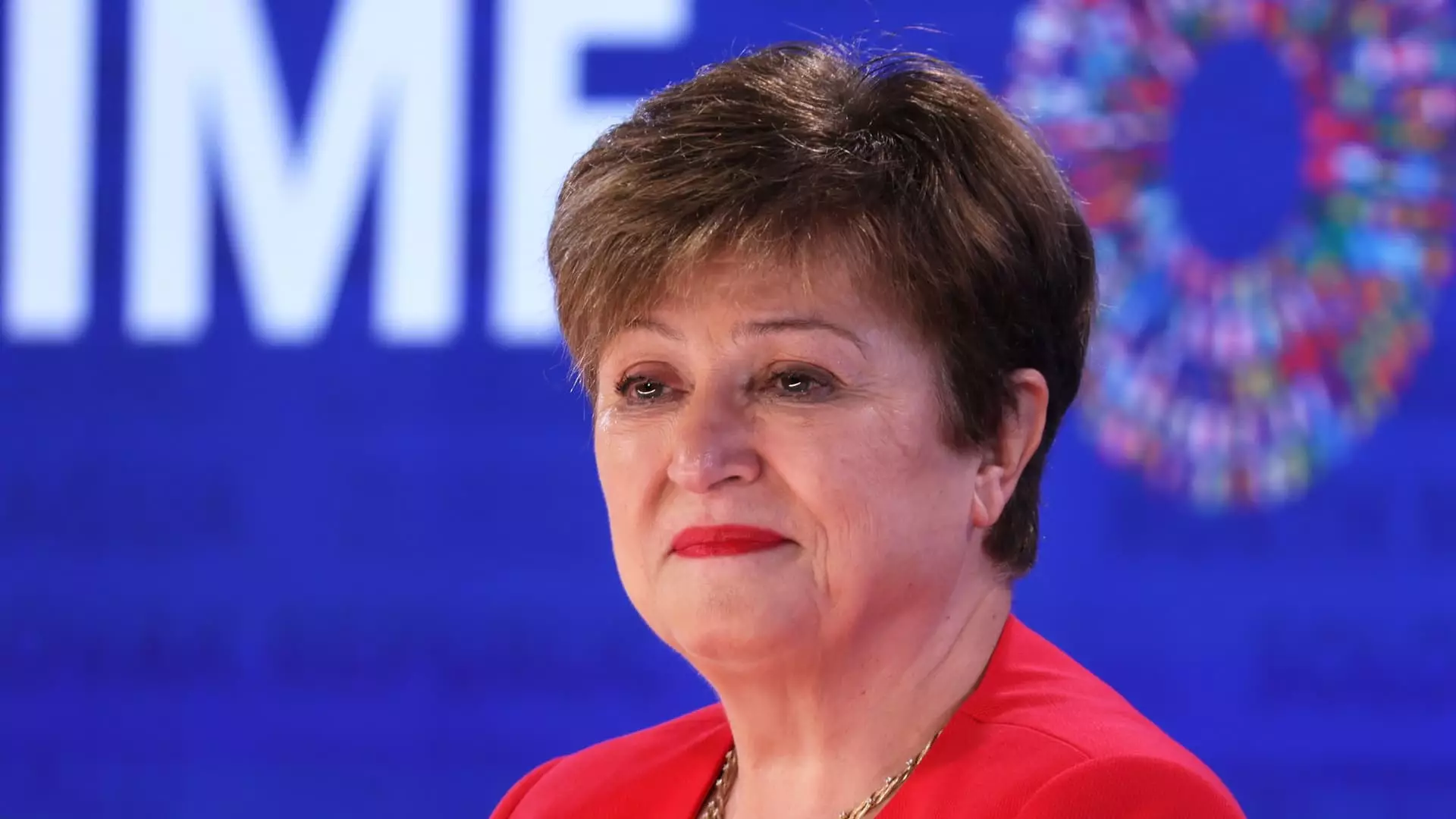The global economy is currently standing at a precarious crossroads marked by high debt levels and persistently low growth, as signified by recent statements from Kristalina Georgieva, Managing Director of the International Monetary Fund (IMF). While there have been signs of recovery following the pandemic’s economic fallout, these achievements are overshadowed by an unsettling reality: many governments have developed a reliance on debt without corresponding growth. This deficits versus growth challenge necessitates a reconsideration of economic policies to foster sustainable progress. Georgieva’s assessment underscores the need for vigilance; her declaration that “it’s not yet time to celebrate” reflects a stark warning regarding long-term economic health.
Georgieva’s concerns about “anemic growth” are particularly urgent. The excessive borrowing that characterizes many economies is at odds with the need for dynamic growth. As debt levels escalate, servicing that debt becomes increasingly burdensome. This vicious cycle stifles investments and limits opportunities for innovative growth strategies. Georgieva’s statement that the global economic landscape has not uniformly succeeded in managing inflation further complicates this picture. While some major economies have effectively tamed inflationary pressures, others continue to grapple with rising prices, which exacerbate economic disparities and social unrest. This discontent can fuel populist movements and undermine the principles of global economic cooperation, further complicating the recovery narrative.
Inflation remains a double-edged sword; for some, it symbolizes a recovery, yet for many, it’s a harbinger of financial strain. Georgieva pointed out the correlation between rising prices and increasing levels of dissatisfaction among citizens in multiple countries. Her argument suggests a direct link between economic performance and social stability, indicating that policymakers must consider socio-economic impacts when crafting fiscal and monetary strategies. As trade-offs become more pronounced, particularly in the context of higher living costs, the imperative for inclusive growth becomes all the more apparent.
Georgieva’s statements also highlight a pivotal shift in international trade relationships. The era wherein trade was a primary engine of growth seems to be waning, largely due to the emergence of protectionist tendencies across major economies. The imposition of tariffs by the U.S. and European Union against China is a case in point, illustrating a growing trend of economic nationalism. Georgieva’s observation that “advanced economies are more than emerging markets” in leading protectionist measures reflects a significant ideological shift in global economics. This could lead to a fragmented trade system where countries prioritize national interests over collaborative economic growth.
Georgieva has consistently warned against the rise of protectionist measures, arguing that such policies could be ultimately self-defeating. The idea that tariffs and trade restrictions, often designed to shield local industries, end up imposing burdens on domestic consumers is particularly critical in today’s interconnected market. The broad implications of these measures extend beyond short-term economic adjustments and pose long-term risks for global trade initiatives. The burden of these tariffs typically falls on businesses and consumers, underscoring the need for careful consideration of policies that may appear beneficial in theory but are detrimental in practice.
Additionally, the specter of escalating geopolitical tensions, especially in volatile regions such as the Middle East, presents another layer of complexity for financial stability. Georgieva’s focus on the interaction between geopolitical dynamics and economic stability denotes a shifting focus for economists and policymakers alike. As conflicts affect regional economies and commodity prices—particularly in oil and gas—the implications for global markets could be profound. This increasingly interconnected risk landscape demands that leaders work collaboratively to mitigate shocks that can destabilize economies worldwide.
Kristalina Georgieva’s insights present a clarion call for an integrated approach to economic management that prioritizes inclusive growth and sustainable development. The interplay between debt levels, growth rates, and international trade dynamics necessitates a fundamental reevaluation of how nations approach economic policy. Only through multipronged strategies that consider long-term socio-economic effects can policymakers hope to foster a resilient global economy capable of weathering the prevailing challenges of our times.


Leave a Reply